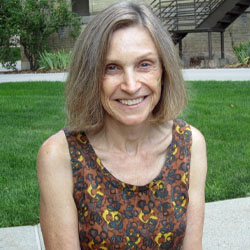Hadza hunter-gatherers exhibit gender differences in space use and spatial cognition consistent with the ecology of male and female targeted foods
 Authors:
Authors:
Brian M Wood, Jacob A Harris, Layne Vashro, Katherine M Sayre, David A Raichlen, Herman Pontzer, Amelia Sancilio, Colette J Berbesque, Alyssa N Crittenden, Audax ZP Mabulla, James H Jones, Elizabeth Cashdan
Abstract:
Humans think about, explore, and use landscapes like no other organism, reflecting our species’ unique biological and cultural adaptations. One of these adaptations is a gendered division of foraging labor, observed in all hunter-gatherer societies. How gendered economic roles interact with ecology and shape daily movement patterns is not well understood. We focus on this question using 2,089 days of travel (21,761 km) by Hadza hunter-gatherers of northern Tanzania, recorded using GPS devices. A simple behavioral ecology theory proposes that travel should be influenced by the spatial distribution of food resources, and that lower resource density is expected to lead to greater travel. We test this idea and several related predictions using measures of 180 people’s daily travel. Results show that Hadza men walked further per day, explored more land, followed more sinuous paths, and were much more likely to be alone while traveling. These patterns emerged early in life, before age 10, and persisted across the life course. These findings provide context for a second study of spatial cognition, which indicates a male advantage in dead-reckoning accuracy and three dimensional mental rotation, as expected given observed patterns of space use.
